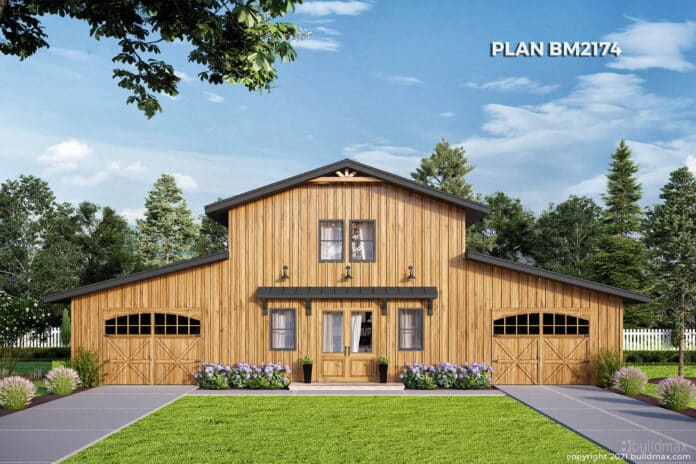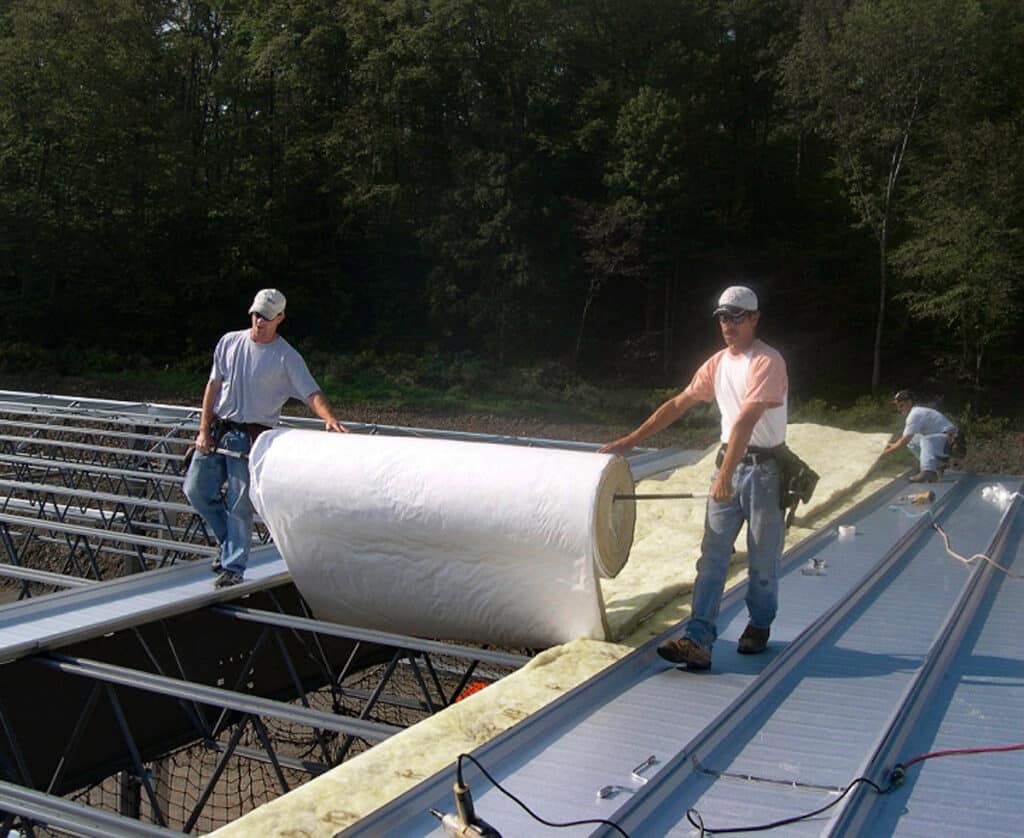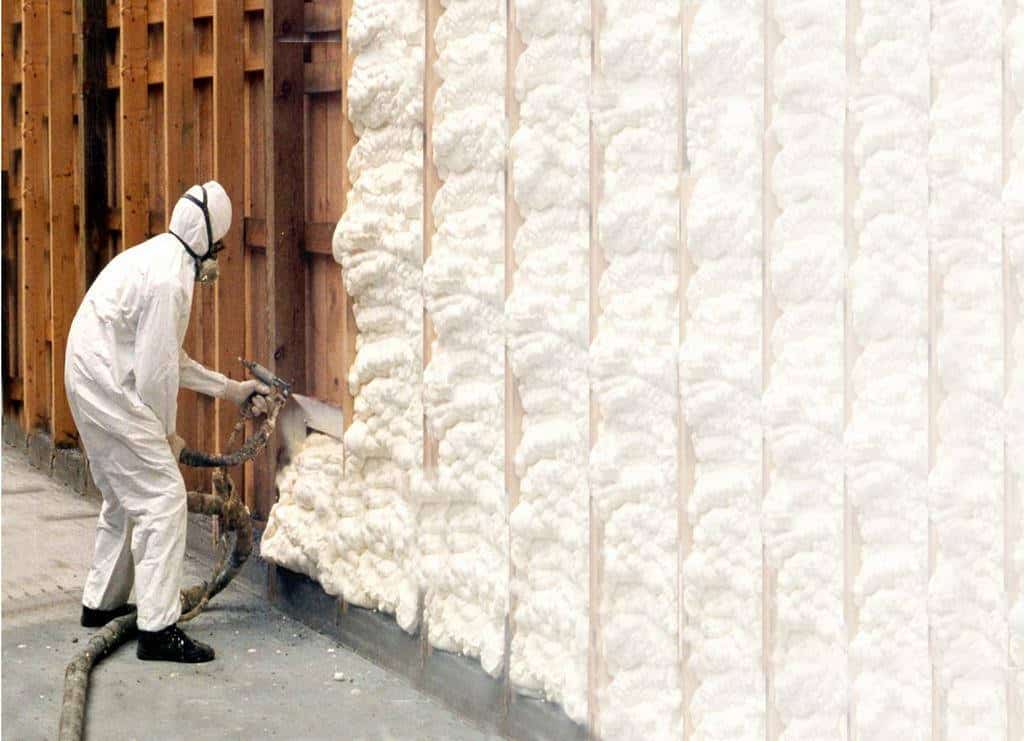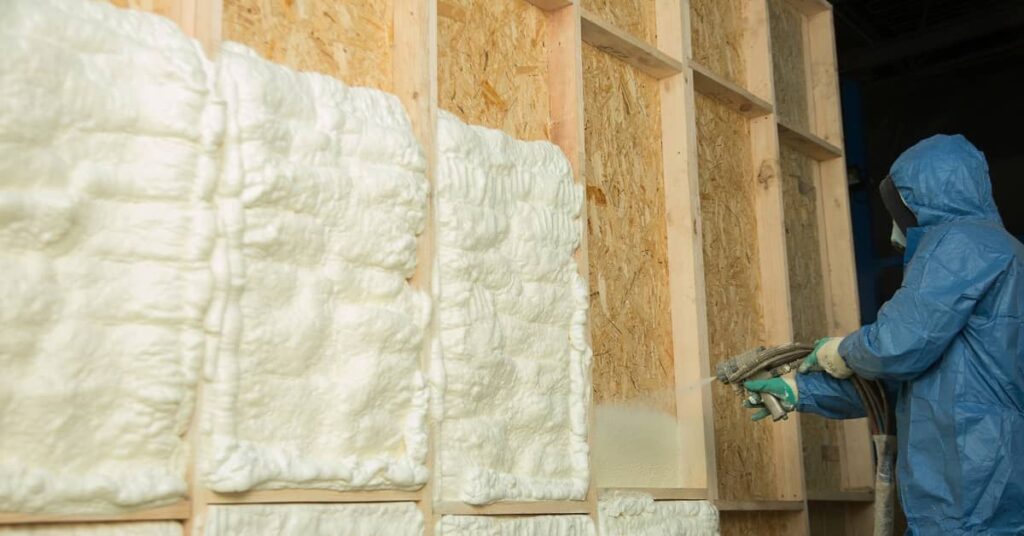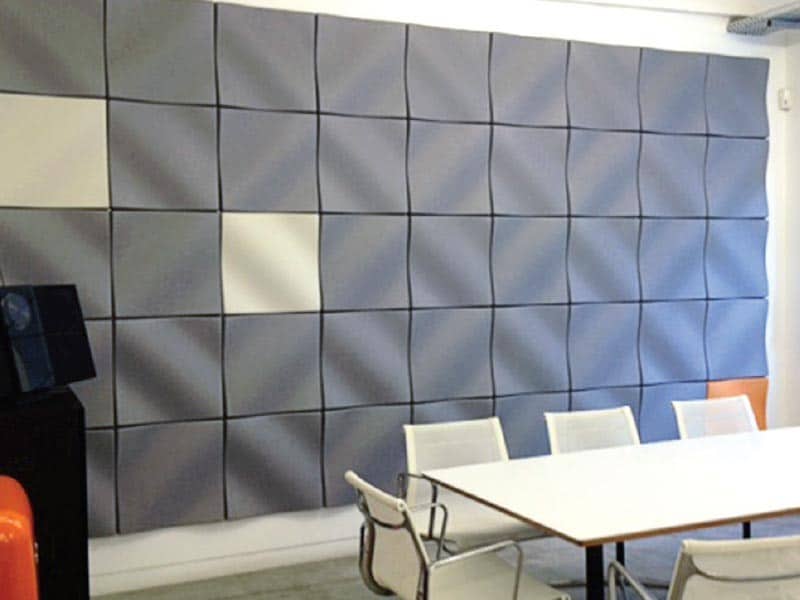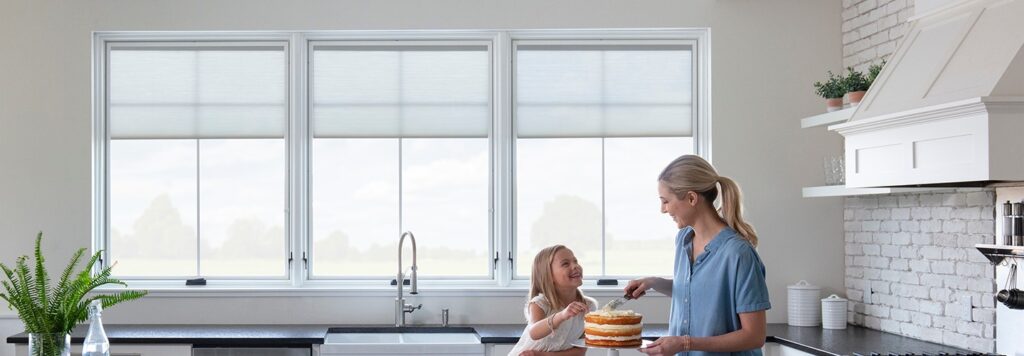Navigating Acoustics: The Sound of Living in a Barndominium
Barndominiums, with their distinctive blend of rustic charm and modern design, offer a unique living experience that has captured the imagination of many. These structures, originally conceived as a combination of barn and condominium, have evolved into versatile homes that can range from simple, minimalist spaces to luxurious dwellings. However, as with any home, living in a barndominium comes with its own set of considerations, one of which is the acoustics of the space. Potential residents may wonder, “How noisy is living in a barndominium?” and what can be done to ensure a serene and quiet environment. This article explores the acoustic challenges of barndominiums and the insulation options available to dampen outside noise.
Understanding the Acoustic Challenges
Barndominiums often feature large, open spaces with high ceilings, characteristics that are aesthetically pleasing but can present challenges in terms of sound. Without proper insulation and sound dampening measures, these spaces can become echo chambers, where sound bounces off hard surfaces and creates an environment that can feel noisy and less intimate. Additionally, the metal construction often used in barndominiums can amplify sound if not adequately insulated, making sounds from rain, wind, and exterior disturbances more pronounced.
Insulation Options to Dampen Outside Noise
Fortunately, several insulation options can effectively dampen outside noise and improve the overall acoustics of a barndominium. These solutions not only reduce sound transmission but also contribute to the energy efficiency and comfort of the home.
Spray Foam Insulation
Spray foam insulation is one of the most effective options for soundproofing a barndominium. It expands to fill cavities, cracks, and gaps, creating a tight seal that blocks sound waves and thermal transfer. Spray foam insulation can be applied to walls, roofs, and floors, providing a comprehensive solution that significantly reduces outside noise and enhances privacy.
Spray foam insulation is exceptionally well-suited for steel frame barndominium kits, offering a range of benefits that complement the structural advantages of steel construction. Its unique application and performance characteristics make it an ideal choice for insulating these types of buildings. Here’s an in-depth look at why spray foam insulation is a match for steel frame barndominiums:
Comprehensive Coverage and Air Sealing
One of the standout features of spray foam insulation is its ability to provide comprehensive coverage. When applied, the foam expands to fill gaps, cracks, and crevices, creating a continuous thermal barrier. This is particularly beneficial for steel frame structures, as it ensures that thermal bridging—heat passing through the steel studs—is significantly reduced. The seamless coverage also serves as an effective air barrier, preventing air leakage that can lead to energy loss and discomfort.
Enhanced Structural Integrity
Spray foam insulation adheres strongly to the surfaces it is applied to, including metal. This adhesion adds a measure of rigidity and stability to the steel frame barndominium kit, potentially enhancing its resistance to wind and vibration. For barndominiums located in areas prone to high winds or seismic activity, this additional structural support can be a valuable advantage.
Moisture Management
Properly installed closed-cell spray foam insulation offers excellent moisture resistance. It acts as a vapor barrier, preventing the ingress of moisture that can lead to condensation within the walls. This is particularly important in steel frame constructions, where condensation can lead to corrosion of the metal over time. By keeping moisture out, spray foam insulation helps protect the integrity of the steel frame and prolongs the lifespan of the barndominium.
Superior Thermal Performance
Spray foam insulation typically has a higher R-value per inch compared to traditional insulation materials like fiberglass or cellulose. This means it provides greater resistance to heat flow, enhancing the energy efficiency of the barndominium. The high R-value is especially beneficial in minimizing heat gain in summer and heat loss in winter, leading to more stable indoor temperatures and reduced energy costs.
Noise Reduction
Besides its thermal and moisture-resistant properties, spray foam insulation offers sound dampening benefits. The insulation can absorb sound waves, reducing the transmission of noise from the outside and between different rooms inside the barndominium. This can be particularly appealing for owners seeking a quiet, serene living environment.
Considerations
While spray foam insulation offers many advantages, there are a few considerations to keep in mind:
– **Cost**: Spray foam insulation generally costs more upfront than traditional insulation materials. However, the investment can be offset by long-term savings on energy bills and potential maintenance costs.
– **Professional Installation**: Proper installation by experienced professionals is crucial to ensure the effectiveness and safety of spray foam insulation. Incorrect application can lead to gaps in coverage or inadequate thickness, diminishing its insulative properties.
Spray foam insulation is an excellent choice for steel frame barndominium kits, offering superior thermal performance, moisture resistance, and structural benefits. Its ability to provide a comprehensive air seal and high R-value makes it particularly effective in enhancing the comfort, durability, and energy efficiency of barndominiums. While the initial investment may be higher compared to other insulation types, the long-term benefits of spray foam, especially in combination with the strength and flexibility of steel framing, present a compelling case for its use in constructing energy-efficient and comfortable barndominiums.
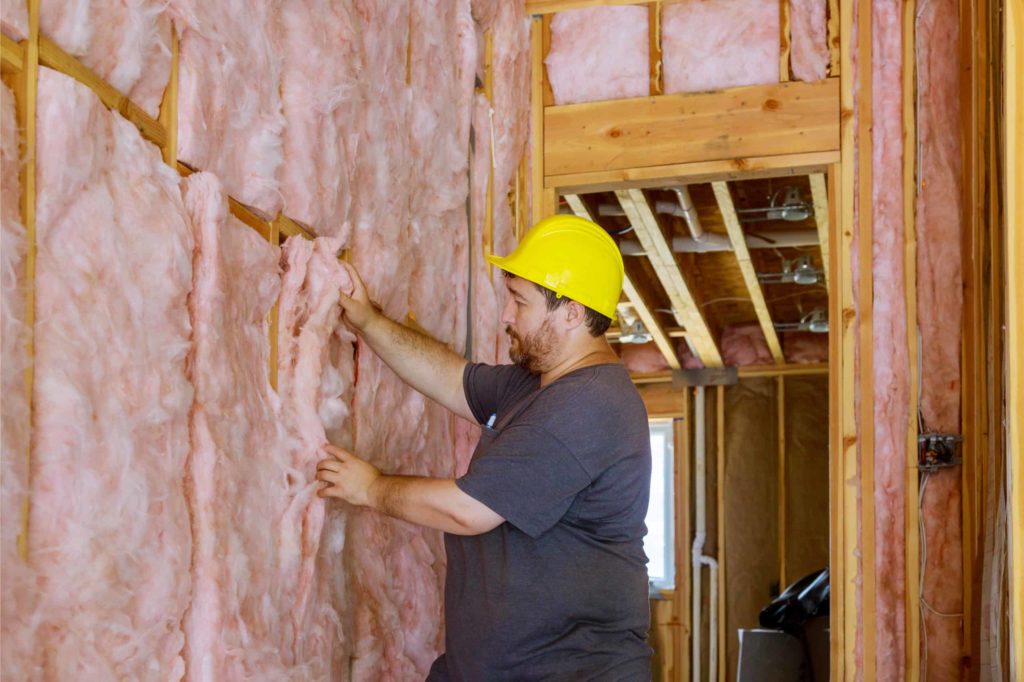
Fiberglass Batt Insulation
Fiberglass batt insulation, while primarily used for its thermal resistance properties, also offers sound-dampening benefits. When installed in walls and ceilings, fiberglass insulation can absorb sound vibrations and reduce the transmission of noise from outside sources. It’s a cost-effective option that can be used in conjunction with other soundproofing measures for improved results.
Fiberglass batt insulation is a popular choice for insulating barndominiums due to its cost-effectiveness, availability, and relatively straightforward installation process. Its effectiveness in insulating a barndominium, like in traditional homes, largely depends on several factors, including the insulation’s R-value, the quality of the installation, and how well it is integrated with other building components to create a comprehensive thermal barrier.
R-Value and Thermal Performance
The effectiveness of fiberglass batt insulation is measured by its R-value, which indicates the material’s resistance to heat flow. The higher the R-value, the better the insulation’s thermal performance. For barndominiums, choosing a fiberglass batt with an appropriate R-value for the climate and specific application (walls, attic, floors) is crucial. In general, fiberglass batt insulation can have R-values ranging from R-11 to R-38, with higher values recommended for colder climates and areas of the home more prone to heat loss, such as the roof or attic.
Advantages of Fiberglass Batt Insulation in Barndominiums
– **Cost-Effectiveness**: Fiberglass is one of the most economical insulation materials available, offering good thermal performance at a lower cost compared to some other insulation types.
– **Ease of Installation**: Fiberglass batts are designed to fit snugly between standard spacing in wall studs and ceiling joists, making them relatively easy to install for both professionals and DIYers.
– **Versatility**: It can be used in various parts of a barndominium, including walls, attics, and crawl spaces, providing flexibility in meeting the building’s insulation needs.
– **Sound Absorption**: Beyond its thermal insulation properties, fiberglass can also help reduce sound transmission between rooms, contributing to a quieter interior environment.
Considerations for Maximizing Effectiveness
– **Proper Installation**: To maximize its insulating capabilities, fiberglass batts must be properly installed without gaps or compression. Poorly fitted insulation can significantly reduce its overall effectiveness by allowing heat and cold air to bypass the insulation.
– **Moisture Resistance**: While fiberglass itself is not affected by moisture, water can saturate the batts, reducing their R-value and potentially leading to mold or mildew issues. Using faced batts with a vapor retarder or installing a separate vapor barrier in moisture-prone areas can help mitigate these risks.
– **Air Sealing**: Insulation is most effective when combined with a comprehensive air sealing strategy. Sealing leaks around windows, doors, and other penetrations ensures that conditioned air stays inside, and unconditioned air stays out, enhancing the overall energy efficiency of the barndominium.
– **Environmental Considerations**: Modern fiberglass insulation is made with a significant portion of recycled glass, reducing its environmental impact. Additionally, manufacturers have improved the production process to make the material less irritating to the skin and respiratory system during installation.
Fiberglass batt insulation can provide effective thermal insulation for a barndominium when selected and installed correctly. Its affordability and ease of installation make it an attractive option for many homeowners. However, to fully leverage its insulating properties, attention must be paid to the R-value requirements of the specific climate, proper installation to avoid gaps and compression, and integration with an overall strategy for moisture control and air sealing. When these factors are addressed, fiberglass batt insulation can significantly contribute to a comfortable, energy-efficient barndominium living experience.
Acoustic Panels and Tiles
For targeted sound absorption, especially in areas with high noise levels or specific acoustic needs, acoustic panels and tiles can be installed. These materials are designed to absorb sound waves, reducing echoes and softening overall noise levels. Acoustic panels and tiles come in various materials, including foam, fabric, and wood, allowing for customization to match the aesthetic of the barndominium.
Acoustic panels and tiles play a significant role in enhancing the sound quality within barndominiums, which are known for their expansive and open spaces that can often lead to echo and sound reverberation issues. These materials are designed to absorb sound waves, thereby reducing echo, minimizing noise transmission, and improving the overall acoustic environment. Here’s how they work to cut down on sound:
Sound Absorption
Acoustic panels and tiles are made from materials that absorb sound waves instead of reflecting them back into the space. Materials such as foam, mineral wool, and specialized acoustic fabrics are commonly used because of their porous or fibrous nature, which allows them to trap sound waves. When sound waves enter these materials, they are converted into a small amount of heat, rather than bouncing back into the room, which significantly reduces echo and reverberation.
Placement and Coverage
The effectiveness of acoustic panels and tiles also depends on their strategic placement throughout the barndominium. By targeting areas where sound reflection is most significant, such as high ceilings, large wall spaces, and near hard surfaces, these acoustic solutions can be optimized to absorb the maximum amount of sound. Additionally, covering just a portion of the wall or ceiling surface with acoustic panels or tiles can substantially reduce the overall noise level and improve speech intelligibility in the room.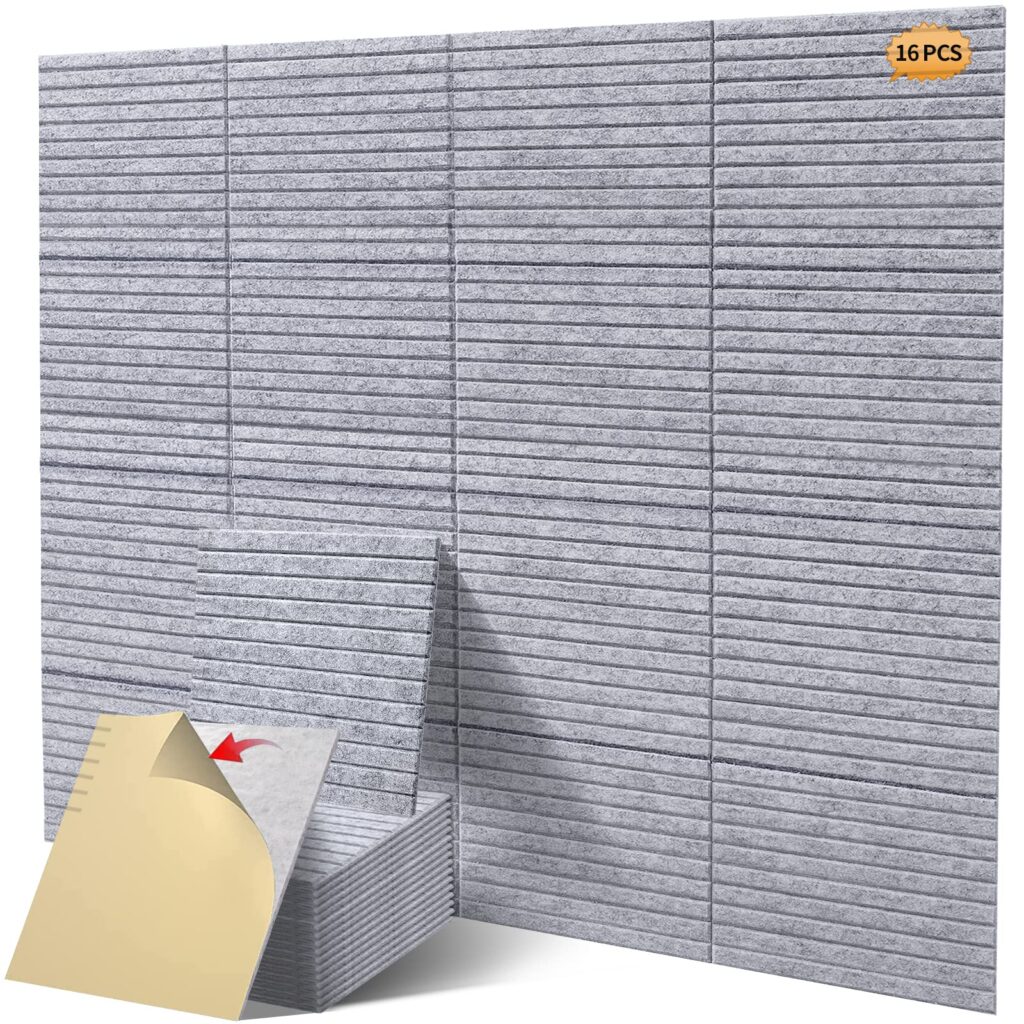
Frequency Range
Acoustic panels and tiles are designed to absorb sound across a range of frequencies, but they are particularly effective at mitigating mid to high-frequency sounds, which include most speech and music. Some panels and tiles are engineered to target specific frequency ranges, allowing for customized solutions based on the predominant sound issues within the barndominium. For instance, thicker panels and those with denser materials are generally better at absorbing lower frequencies.
Enhanced Living Environment
By cutting down on unwanted noise and echoes, acoustic panels and tiles contribute to a more comfortable and conducive living environment. They enable clearer communication, improved concentration, and a more relaxed atmosphere. This is particularly beneficial in multi-functional spaces common in barndominiums, where activities such as working from home, entertainment, and leisure coexist.
In conclusion, acoustic panels and tiles are effective tools for addressing the acoustic challenges inherent in barndominiums. By absorbing sound waves, they significantly reduce echo and noise, leading to a more pleasant and functional interior space. Whether for practical or aesthetic reasons, incorporating these acoustic solutions can enhance the livability and enjoyment of a barndominium, making it a more appealing and comfortable home.

Mass-Loaded Vinyl (MLV)
Mass-loaded vinyl is a dense, flexible material that can be used to add mass to walls, ceilings, and floors, thereby blocking sound transmission. It can be applied directly to surfaces or used as a liner in walls and ceilings beneath drywall or other finishes. MLV is particularly effective at dampening low-frequency sounds, such as those from traffic or machinery.
Double or Triple Pane Windows
Upgrading to double or triple-pane windows can significantly reduce the amount of noise that enters the home from the outside. Buildmax typically uses Pella Windows because they have great windows, and the quality is top of the line. These windows are designed with multiple layers of glass and air or gas-filled spaces in between, which act as barriers to sound waves. In addition to soundproofing, they also offer enhanced thermal insulation.
Living in a barndominium doesn’t have to mean compromising on peace and quiet. While the unique design and construction of barndominiums can present acoustic challenges, a variety of insulation options are available to dampen outside noise and create a serene living environment. By carefully selecting and implementing the right soundproofing measures, homeowners can enjoy the best of both worlds: the distinctive beauty and versatility of a barndominium, coupled with the tranquility and comfort of a well-insulated home. Whether opting for spray foam insulation, acoustic panels, mass-loaded vinyl, or upgraded windows, each solution offers a path toward a quieter, more peaceful barndominium living experience.



